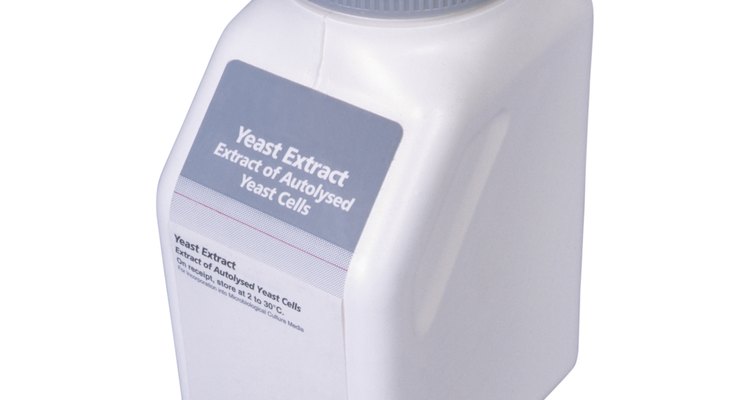
Ablestock.com/AbleStock.com/Getty Images
Bread yeast is fungus. That sounds nasty, but it’s true. These living, breathing single-celled organisms are necessary for production of leavened breads. Today, ready-to-use active dry yeast is available to those who enjoy baking homemade bread. But once upon a time you had to find somebody who was growing his own yeast culture and obtain a dab of the “starter” from if you wanted to make leavened bread. It was customarily passed down through the decades. Starter is a captive colony of wild yeast and bacteria that has homesteaded dough, and there are different culture strains. For instance, the distinctive tang of authentic sourdough bread is produced by a specific family of yeast culture. You can create this sourdough starter and grow bread yeast of your own for as long as you like.
Combine 2 tbsp. whole grain flour with 2 tbsp. unsweetened pineapple juice in a large container. Blend well with a wooden or plastic spoon and place uncovered in a warm spot where the temperature can be maintained at about 75 degrees F. Don’t use metal utensils because some wild yeasts don’t like them.
Add 2 tbsp. whole grain flour and 2 tbsp. unsweetened pineapple juice to the starter to feed the yeast 24 hours later. Blend well and put it back in its warm spot.
Stir the starter 24 hours later. Repeat the feeding and return the yeast starter to its warm spot.
Stir the starter 24 hours later. Discard all but ¼ cup. Stir in ¼ cup bread flour and 2 tbsp. de-chlorinated water. Wild yeasts don’t like chlorine. You’ll be discarding some of your starter with each feeding from now on, which will keep the volume manageable. Put it back in its warm spot.
Stir and feed the starter yeast every 24 hours until the dough begins to smell a little sour, bubbles throughout, and begins “growing” in size. It should look a little like a frothy chocolate milkshake when it’s ready.
Cover the container loosely and refrigerate. Don’t use a tight lid, which won’t allow developing gases to be released. Continue feeding your yeast once weekly thereafter, and return it immediately to the refrigerator
Take the container of starter out of the refrigerator two days prior to using it for baking bread and keep it at room temperature. Feed it once each day. Use 2 cups of starter for every package of active dry yeast you would otherwise use. Refrigerate the remaining starter.
Related Articles
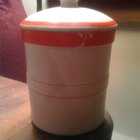
How to Make a Bread Starter

Can You Proof Yeast in Warm Milk?

Can You Get Sick From Baking Bread With ...
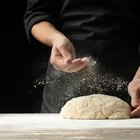
How to Increase the Yeast Taste in Bread
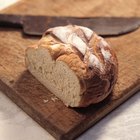
How to Revive a Sourdough Starter Gone ...

How to Make Homemade Beer Yeast

What Happens if the Yeast Dies Before ...
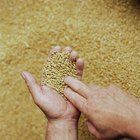
How to Ferment Grains

A List of Leavening Agents

Can Fast Acting Yeast Be Used in Place ...

What Happens if You Leave Bread Dough ...
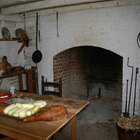
How to Make Bread From Colonial Times
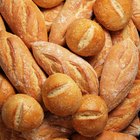
When Does Dry Yeast Expire?

How to Freeze Brioche
How to Make Bread That Does Not Crumble ...

Does Heat Kill Lactobacillus Bacteria ...

How to Keep Sandwich Bread Fresh All ...

Can You Substitute Yogurt for Milk in ...

How to Bake Bread in a Clay Pot

What Is the Finger Test for Bread Dough?
References
Writer Bio
A full-time writer since 2007, Axl J. Amistaadt is a DMS 2013 Outstanding Contributor Award recipient. He publishes online articles with major focus on pets, wildlife, gardening and fitness. He also covers parenting, juvenile science experiments, cooking and alternative/home remedies. Amistaadt has written book reviews for Work At Home Truth.
Photo Credits
Ablestock.com/AbleStock.com/Getty Images